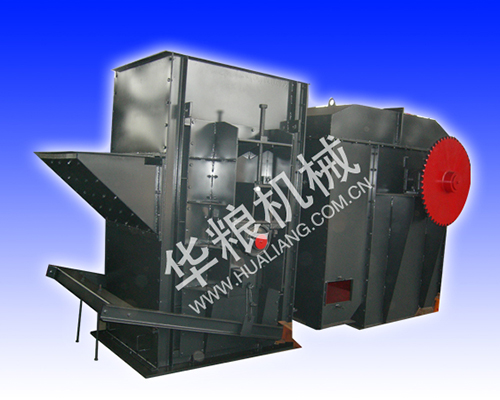The hoist manufacturer introduces that the lower roller of the hoist is located at the lowermost part of the fuselage and close to the feed inlet. Since the dust is flying there, the bearing seat at both ends of the lower roller is often covered with powder. If the inspection and cleaning are not taken care of, the seal of the bearing will be worn by the powder, and the powder will enter the bearing, thereby causing the bearing rolling body. The wear and the journal of the lower roller shaft grind the groove and even scrap. Therefore, in daily maintenance, the cleaning around the bearing housing should always be kept, and the bearing seal should be inspected. If it is damaged, it must be repaired in time.

Why can't the hoist reverse?
If the material in a part of the hopper has not been discharged, the transmission stops. At this time, the hoppers hanging on both sides of the upper roller are not equal in weight, and the hopper of the material is quickly dropped under the action of gravity to reverse. This reverse rotation can cause a large impact load, even pulling out the screw or causing partial detachment of the hopper. In order to prevent the hoist from reversing, a reverse ratchet device is usually installed on the transmission shaft (high speed shaft) of the reducer to prevent the reverse phenomenon.
What is the cause of the left and right deviation of the hoist tape?
There are several reasons for the left and right deviation of the hoisting tape. (1) Due to improper adjustment of the lower tensioning device (not horizontal), the edges of the tape are tight. (2) The tape is not overlapped correctly. If one side is too long, the other side is too short. (3) The tape is aging and the tape deformation is inconsistent. (4) The lower wheel rim has wavy deformation. (5) The bearings at both ends of the lower roller are damaged, and there is a resistance card during operation. (6) The upper roller is not installed horizontally and has a significant inclination.